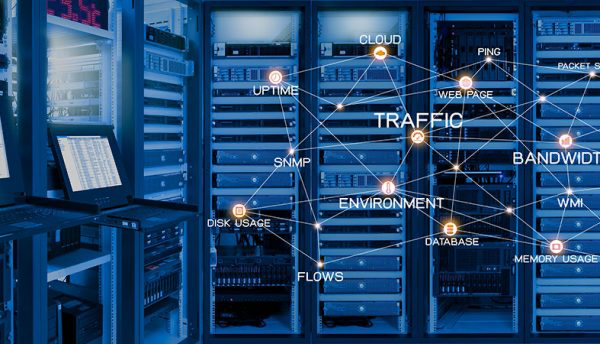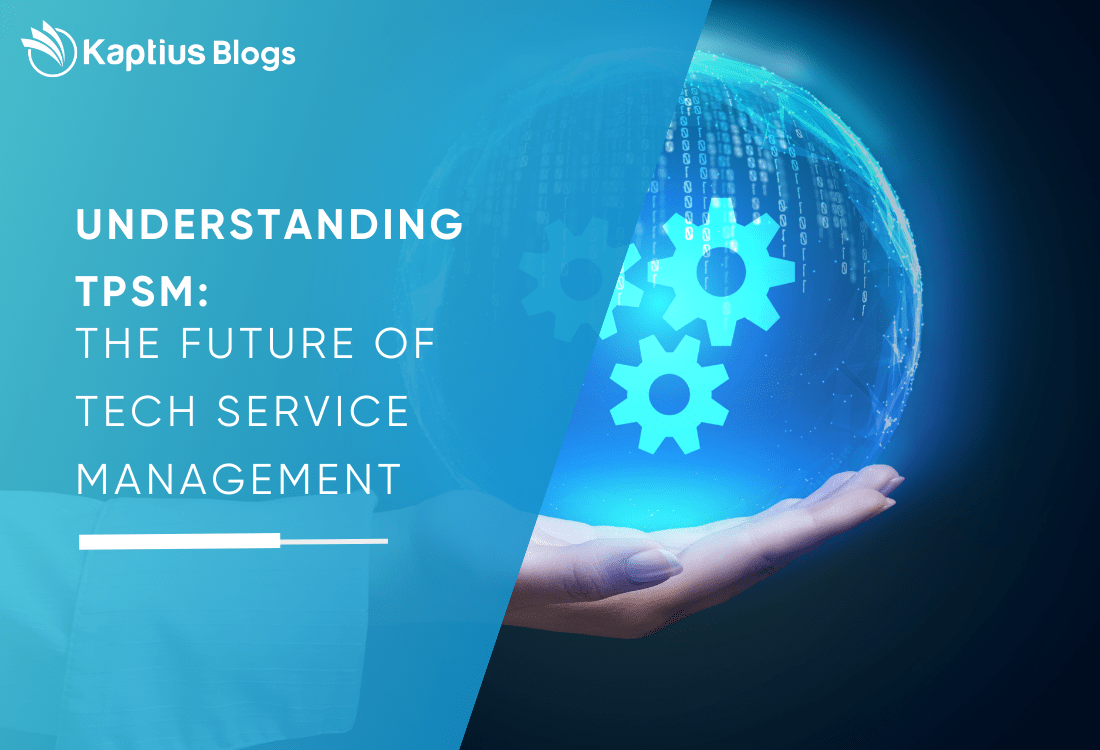
Events represent significant occurrences within IT infrastructure management. The role of Event Management is to continuously assess the health of Business Services and respond promptly to any emerging issues. It also conducts comprehensive event and alert analyses to ensure the uninterrupted performance of Business Services.
Event Management has the capacity to oversee and manage various types of services, including Discovered Business Services, Technical Services, Manual Services, and Alert Groups.
ServiceNow, as a platform, does not come equipped with its proprietary monitoring tool. Consequently, it necessitates integration with external monitoring tools to effectively monitor and manage alerts.
In practice, Event Management receives external events from these monitoring tools and, based on predefined Event Rules and Alert Action Rules, generates alerts. These alerts are then efficiently relayed to the ServiceNow instance via diverse communication channels, which may include MID servers, email servers, scripting, SNMP traps, or web services APIs.
Use Guided Setup
ITOM Guided Setup streamlines the process of implementing the foundational setup for ITOM suite applications, including Event Management, facilitating faster realization of value.
Utilizing ITOM Guided Setup for Event Management expedites your Event Management deployment, ensuring a quicker path to value realization. It enables swift configuration of your initial event sources, swiftly ingesting events into the platform. This facilitates the immediate commencement of health management for your business services and IT infrastructure.
Upon completing the ITOM Guided Setup process, you gain the capability to:
- Centralize events from diverse sources.
- Apply event filtering to reduce extraneous noise, producing qualified events.
- Associate events with CMDB Configuration Items (CIs).
- Distinguish between alerts and those generated during planned maintenance.
- Conduct service impact analysis.
- Provide an Operator Workspace and Overview Dashboard for a comprehensive understanding of service health and visualization of service status.
- Generate ServiceNow tasks directly from alerts.
- Facilitate alert remediation, encompassing both automated and manual processes.
- This approach significantly expedites the implementation and value realization of Event Management within your IT operations.
PREPARATORY CHECKLIST FOR GUIDED SETUP
Before commencing with the setup process, it's crucial to ensure that the technical prerequisites are in place. Here's what you need to do:
- MID Server:If you don't already have one, collaborate with your core ServiceNow team to initiate the setup of a new MID Server dedicated to Event Management. This MID Server is instrumental in fetching events from monitoring sources through out-of-the-box connectors. Furthermore, you can configure the MID Server to function as an SNMP trap listener or REST endpoint.
- Plugins:In case the Event Management plugin isn't already active, initiate the process by submitting a service request via the HI Service Portal. Activating this plugin is a pivotal step in the Event Management setup.
- Credential:To seamlessly integrate Event Management with your monitoring sources using ITOM Guided Setup, collect the requisite login credentials. These credentials are essential for configuring the out-of-the-box connectors supported by Event Management. Examples of such connectors encompass systems like SolarWinds and Netcool, and you can refer to the comprehensive list available in the product documentation."
EVENT PROCESSING
Once you've successfully completed the Guided Setup and set up the necessary connectors, the next crucial step is to establish event and alert rules. These rules define how Event Management should interpret incoming events and trigger alerts based on predefined criteria.
Event Rules: These rules specify how incoming events are categorized, enriched with additional information, and linked to Configuration Items (CIs) within the CMDB. They help streamline the process of identifying relevant events.
Alert Management Rules: Alert rules, on the other hand, define the conditions under which events should be escalated to create alerts. These rules ensure that only significant events that require immediate attention are transformed into actionable alerts.
By configuring event and alert rules effectively, you optimize Event Management's ability to monitor and manage your IT infrastructure, enhancing operational efficiency and incident response times.
-1-1.png?width=1500&height=583&name=Poorna_2_Logo_Vector_Kaptius_Final_file-03%20(1)-1-1.png)



